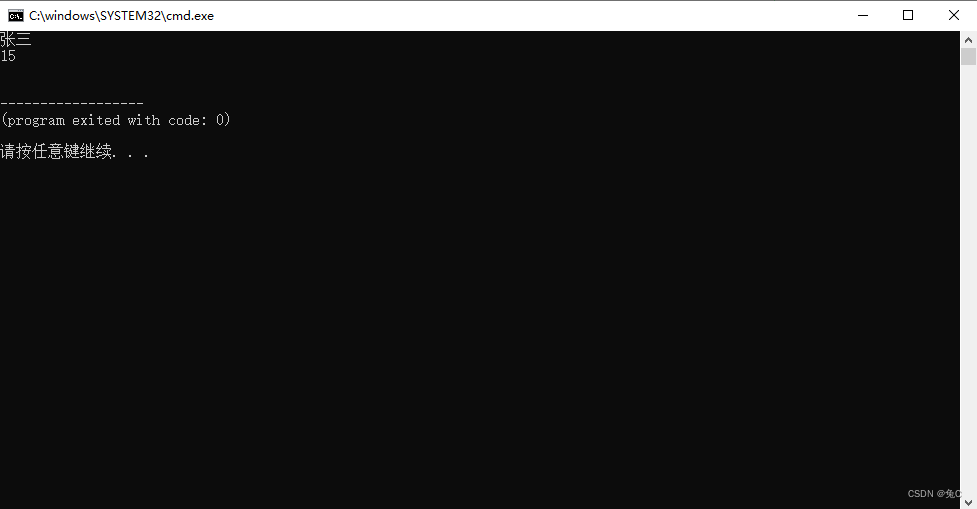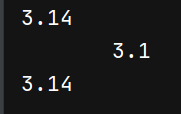本文实例讲述了python读写二进制文件的方法。分享给大家供大家参考。具体如下:
初学python,现在要读一个二进制文件,查找doc只发现 file提供了一个read和write函数,而且读写的都是字符串,如果只是读写char等一个字节的还行,要想读写如int,double等多字节数 据就不方便了。在网上查到一篇贴子,使用struct模块里面的pack和unpack函数进行读写。下面就自己写代码验证一下。
>>> from struct import *
>>> file = open(r"c:/debug.txt", "wb")
>>> file.write(pack("idh", 12345, 67.89, 15))
>>> file.close()
接着再将其读进来
>>> file = open(r"c:/debug.txt", "rb")
>>> (a,b,c) = unpack("idh",file.read(8+8+2))
>>> a,b,c
(12345, 67.890000000000001, 15)
>>> print a,b,c
12345 67.89 15
>>> file.close()
在操作过程中需要注意数据的size
注意 wb,rb中的b字,一定不可以少
方法1:
myfile=open('c:\\t','rb')
s=myfile.read(1)
byte=ord(s) #将一个字节 读成一个数
print hex(byte) #转换成16进制的字符串
方法2
import struct
myfile=open('c:\\t','rb').read(1)
print struct.unpack('c',myfile)
print struct.unpack('b',myfile)
写入
To open a file for binary writing is easy, it is the same way you do for reading, just change the mode into “wb”.
file = open("test.bin","wb")
But, how to write the binary byte into the file?
You may write it straight away with hex code like this:
file.write("\x5F\x9D\x3E") file.close()
Now, check it out with hexedit,
hexedit test.bin
You will see this:
00000000 5F 9D 3E _.> 00000020 00000040
Now, open the file to append more bytes:
file = open("test.bin","ab")
What if I want to store by bin value into a stream and write it one short?
s ="\x45\xF3" s = s + "%c%c" % (0x45,0xF3) file.write(s) file.close()
Any convenient ways if I can obtained a hex string, and want to convert it back to binary format?
Yes, you just need to import binascii
import binascii hs="5B7F888489FEDA" hb=binascii.a2b_hex(hs) file.write(hb) file.close()
希望本文所述对大家的Python程序设计有所帮助。
以上就是python读写二进制文件的方法。如果心中有梦想,就要义无反顾勇往直前去追寻。许多人不是没有成功的机遇,而是望而却步,望洋兴叹,在守望中落失最美的时光。更多关于python读写二进制文件的方法请关注haodaima.com其它相关文章!





